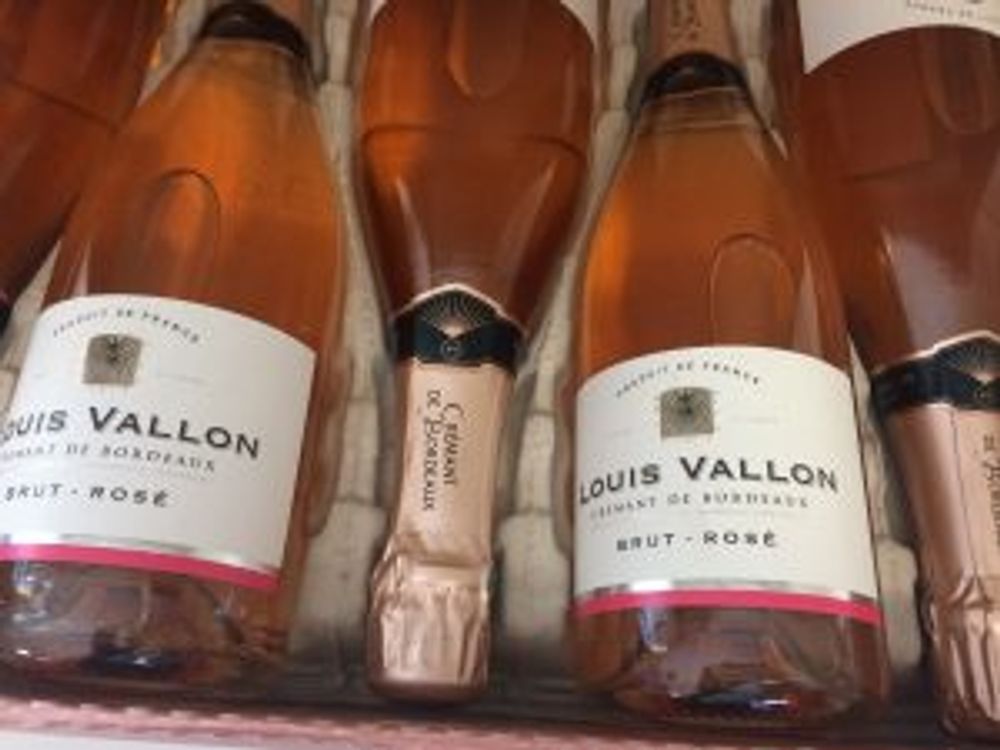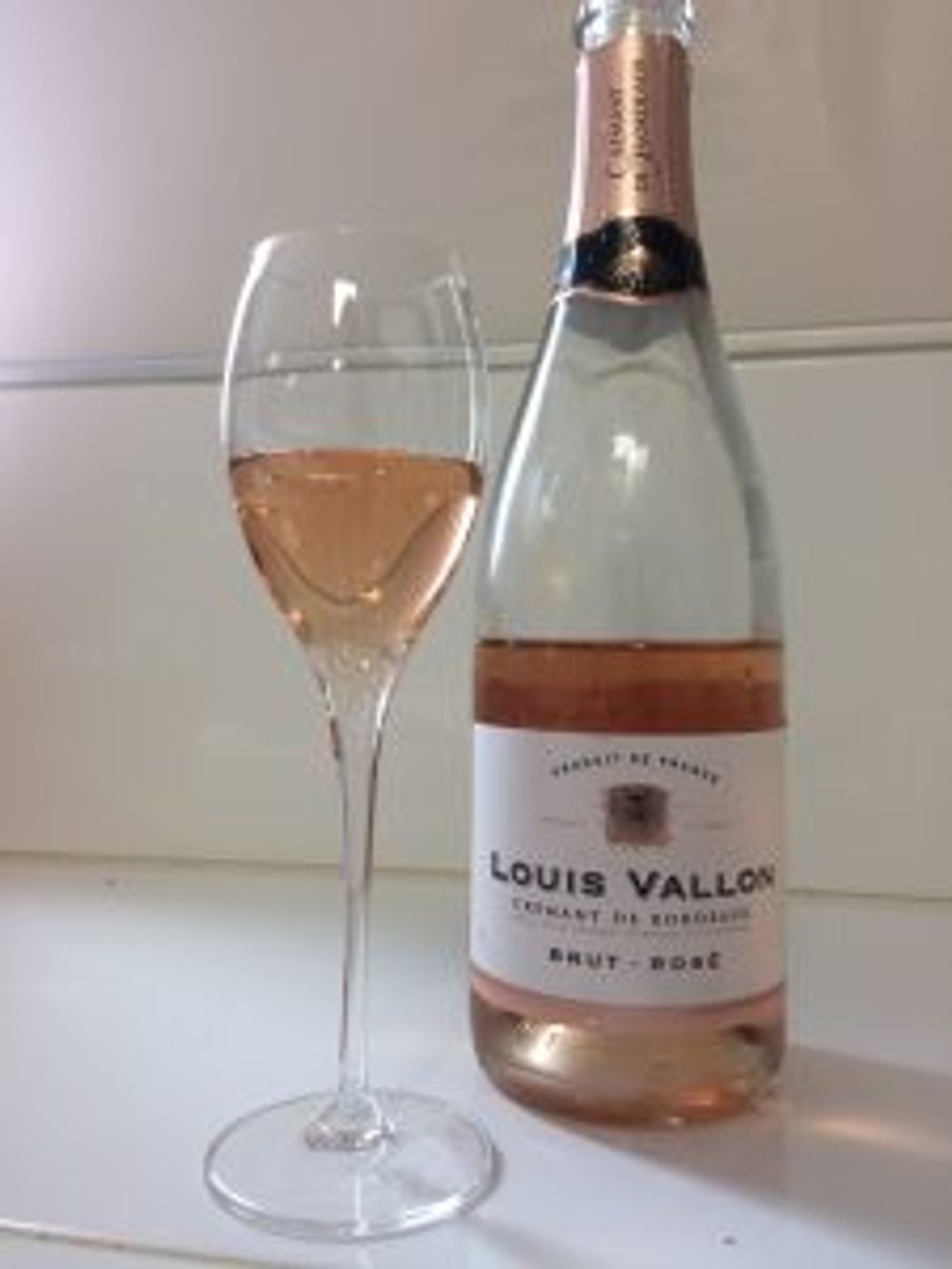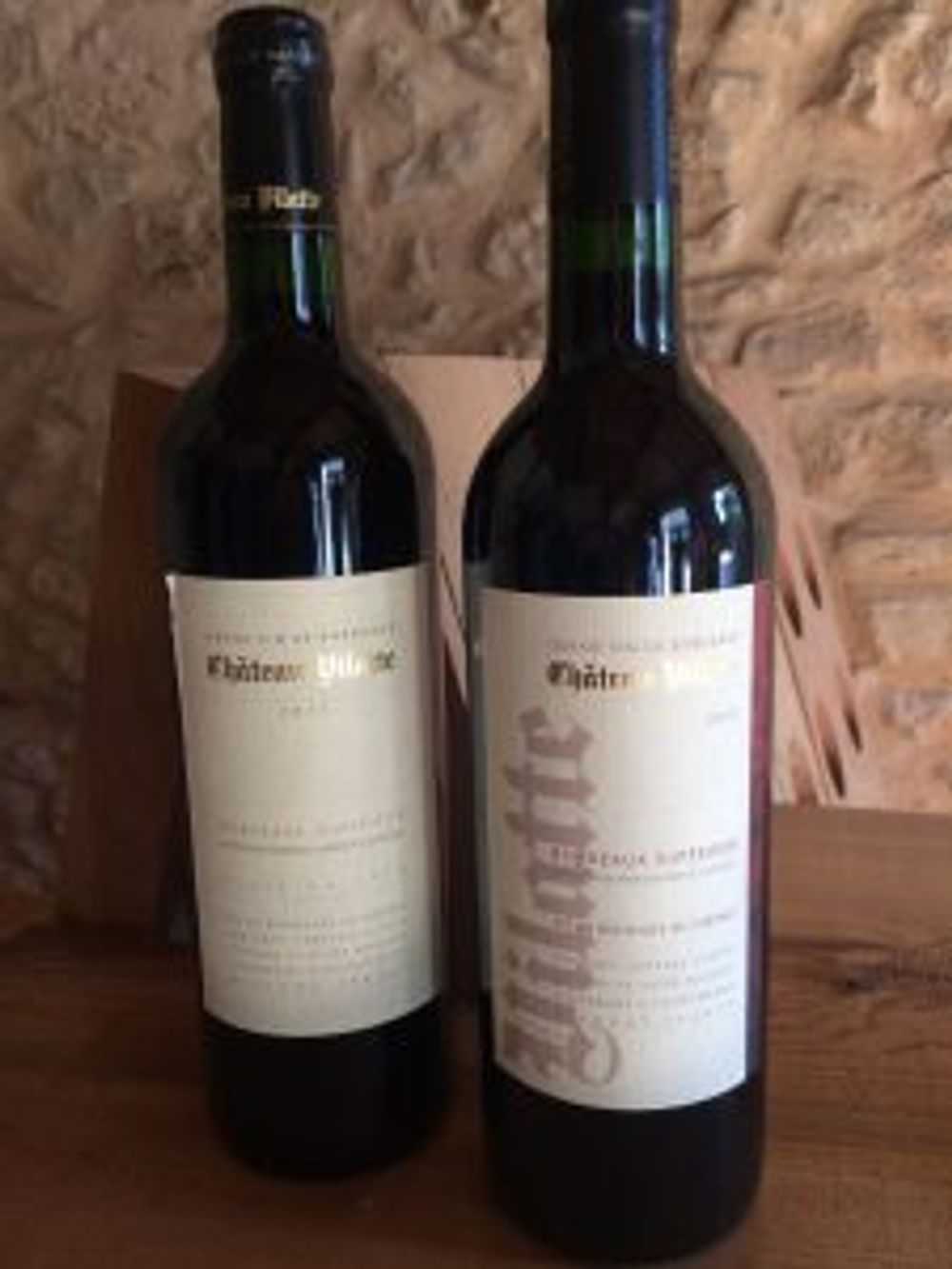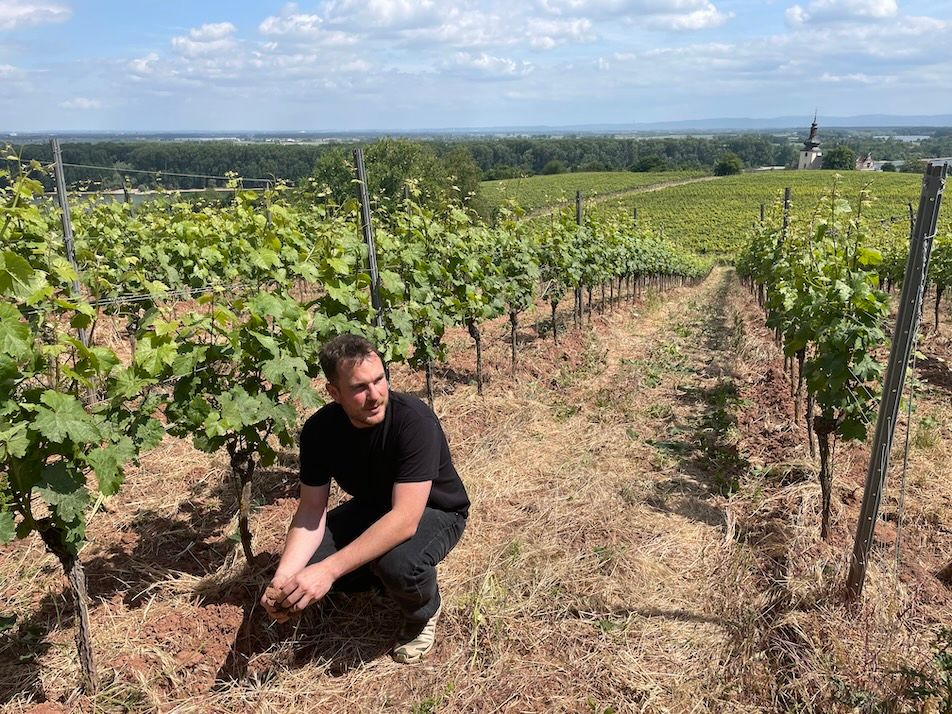Sales of Rosé Crémant de Bordeaux are rising the most, while producers like Château de Bel are pushing the envelope as to what is and what is not allowed.
Crémant de Bordeaux is the region’s newest appellation contrôlée designation, less than 30 years old. It comprises only a tiny percentage of Bordeaux’s output, but production is rising sharply. And it takes us visiting Brits scarcely an hour to tell the local producers where in the market they should be positioning their sparklers – above prosecco (whose bubble surely is fit to burst soon) and beneath Champagne.

Of course the wineries have heard this all before. And for them things are not quite so straigthforward. Crémant de Bordeaux is one of eight French crémants (the word means ‘creamy’) using traditional fermentation methods (unlike prosecco) but now barred from using the term méthode champenoise. The grapes must be handpicked and the wine aged for a minimum of a year.
A focus on crémant production makes sense to those worried that Bordeaux products are too often seen as ‘the wine of your father’ (as one winemaker puts it, ruefully); but fizzy wines are not yet big sellers in Bordeaux’s biggest market, China, while Brexit is making growers anxious about the British market.
Even so, Crémant de Bordeaux is determined to make a mark and value-for-money is keen. Philippe Debesse, of the Caves de La Tour du Roy buried deep beneath the quaint streets of Saint Emilion, offers a range of bottles at less than €10 each.

Vignobles Ballarin (which sells its wines to the on-trade as Celene) has a similar slightly pricier range and also has an attractive upmarket offering, Black Pearl, with the toasty notes I love in champagne and more body and retails at around €13 a bottle. The Celene Saphir Rosé retailing at around €9.50 looks a far better bet and likely to be a hit with ladies who imbibe when they lunch.
There is such a profusion of Bordeaux crémants, both white and rosé, that at the lower price points, differentiating yourself can be difficult. But producer Louis Vallon has come up with some intriguing packaging, channelling Louis Vuitton. It also has La Légende in a similar price bracket as the Black Pearl.

The received wisdom is that for a wine to sell nowadays it must come with some sort of story behind it. Many of the producers of Crémant de Bordeaux offer this to tourists with visits to the labyrinth of underground tunnels where the wine is fermented and goes through remuage (that famous twisting of the bottles to deal with the sediment). Former quarries, often used by the Resistance during War War 2, these are quite an attraction.
Looking beyond the crémants, others in Bordeaux are developing a story too. Some are opting for biodynamics. Clearly biodynamics is a crackpot idea. Likened to homeopathy (though Prince Charles’s plant-whispering might be a closer analogy) it is about communing with the vines and with the soil, treating them with respect rather than as inert ‘input’ that can be bullied into producing glorious wines in copious volumes. All biodynamic vineyards must be organic, which is no bad thing, but there is also a lot of mumbo jumbo involving burying cow’s horns in the soil and so on.
But, this is the thing: this crackpot idea seems to work. At least the two biodynamic growers that I met both produced wines that were good, affordable and interesting.

First up was Stefaan Massart at the 15 hectare Château Vilatte. A quick chat with him makes it clear how appealing the ethos of biodynamics is. It seems to be about savouring the art of winegrowing rather than rushing to fill barrels and pleasing the accountants. There are two crémants but it is the reds that stand out for me.
Even more fascinating, and wayward, is Château de Bel’s Olivier Cazenave. For several years Cazenave has been skirmishing with the local wine apparatchiks whose job, it seems, is to snuff out innovation in Bordeaux: they can veto the use of many varieties of grapes, what words do or do not go on the label, and even, apparently, the general style of a wine. Except that Cazenave has worn them down and come up with his own assortment of wines.

Among the stars are Echappée Bel, a blend from 2014 and 2015 of 70% Muscadelle and 30% Sauvignon Blanc (ABV 14.5%) along with the Franc de Bel NV, a 100% Cabernet Franc (ABV 13.5%). Red Squirrel Wine imports each of these and Vagabond Wines also import a rather good rosé. Just don’t expect a ‘typical’ Bordeaux.










































